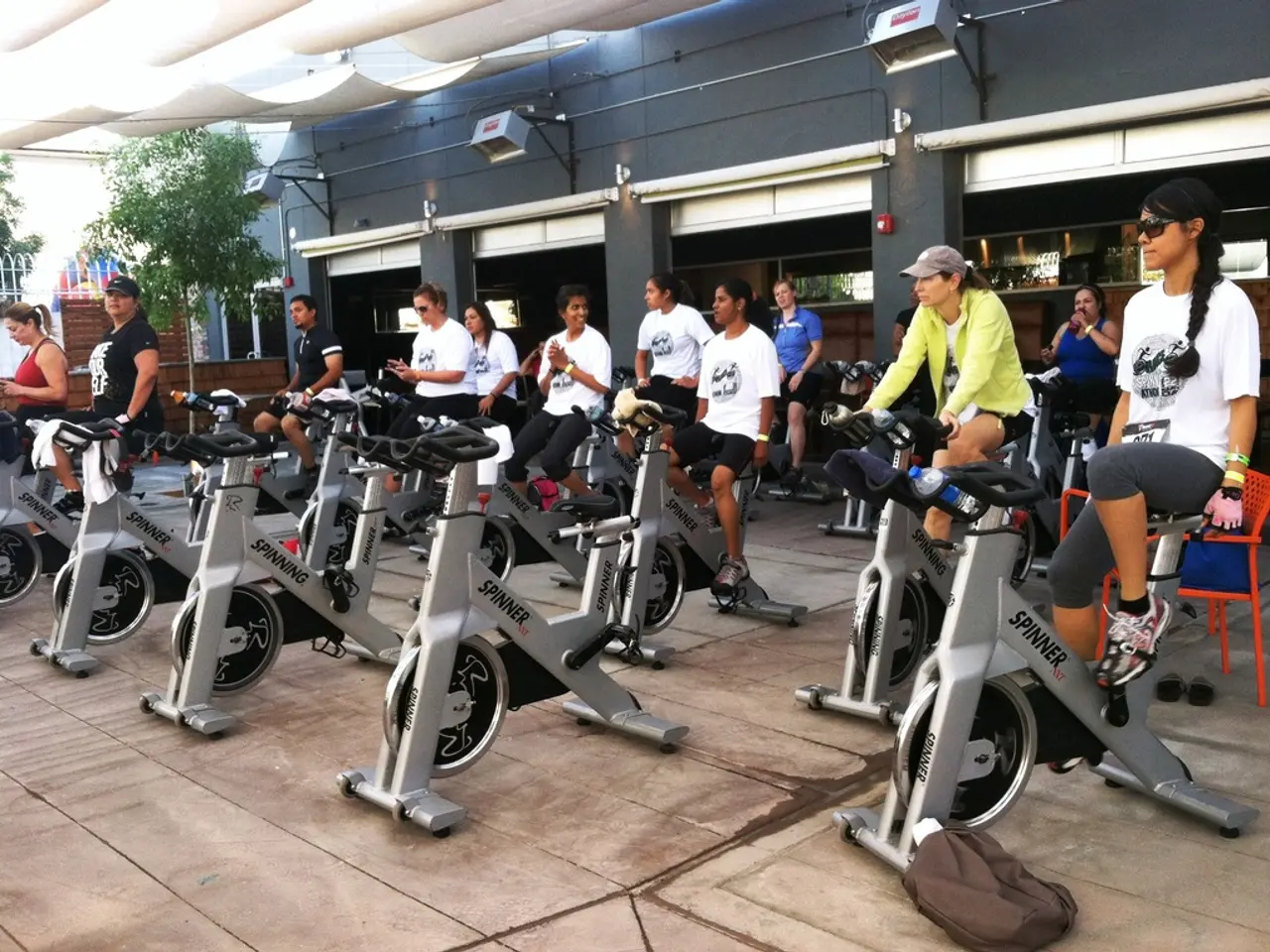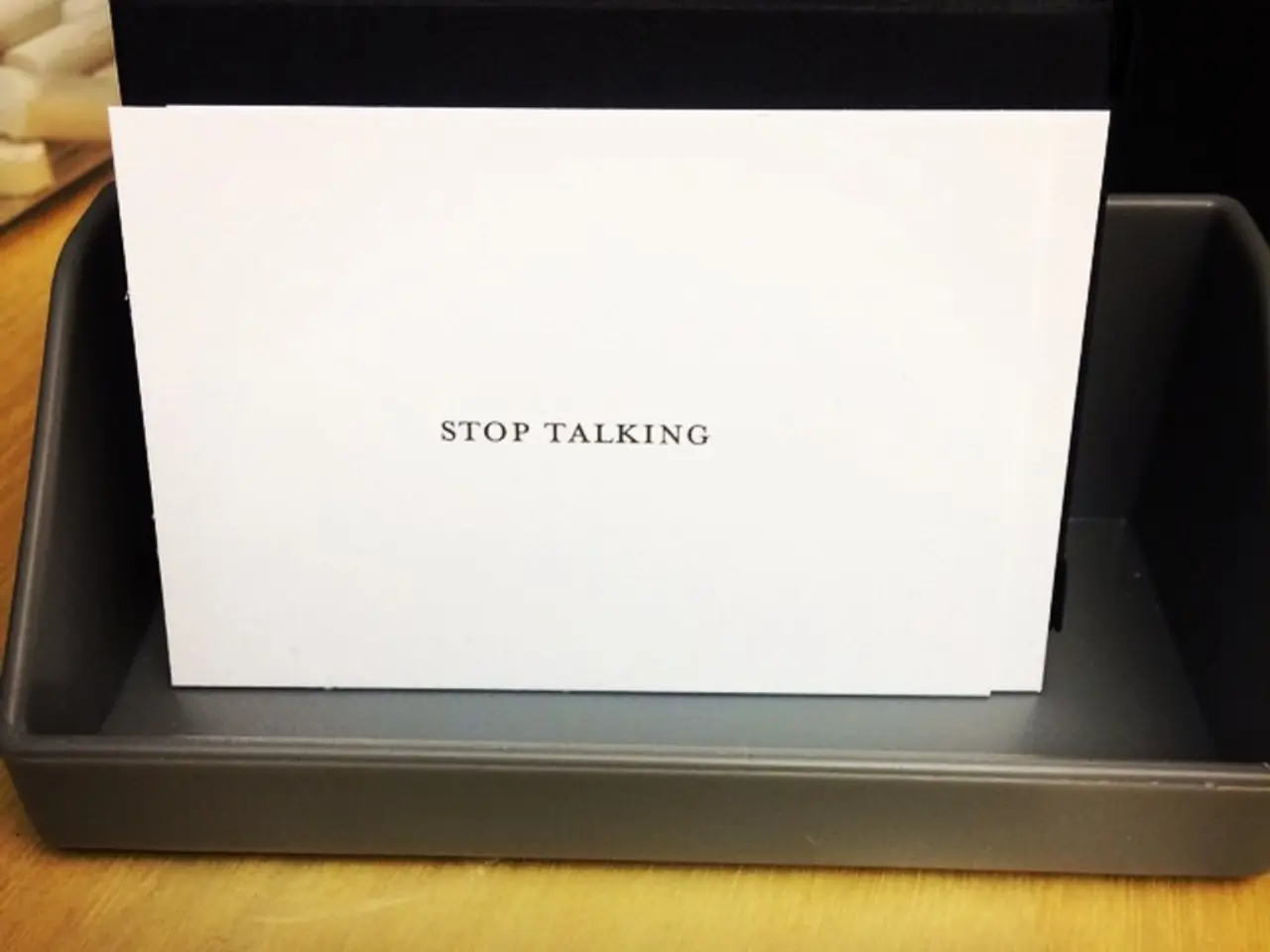Postherpetic Neuralgia: Description, Symptoms, and Root Causes
Post-Herpetic Neuralgia (PHN), a persistent and often debilitating nerve pain that can occur after an episode of shingles, can be managed effectively with a variety of drug treatments.
1. **Gabapentinoids (Gabapentin and Pregabalin)** - These drugs, targeting the α2δ subunit of voltage-gated calcium channels in neurons, help reduce neuronal excitability and thus diminish pain signaling. They are FDA-approved for PHN and other neuropathic pain conditions, offering significant pain relief in randomized controlled trials. Common side effects include sedation and dizziness.
2. **Tricyclic Antidepressants (TCAs) such as Amitriptyline and Nortriptyline** - TCAs, which inhibit the reuptake of serotonin and norepinephrine, are effective in various neuropathic pains, including PHN. They enhance descending inhibitory pain pathways in the central nervous system. Main side effects are anticholinergic symptoms like dry mouth, constipation, and sedation.
3. **Serotonin-Norepinephrine Reuptake Inhibitors (SNRIs) such as Duloxetine and Venlafaxine** - SNRIs, which also prevent the reuptake of serotonin and norepinephrine, have a more favorable side effect profile compared to TCAs and are often considered when TCAs are not tolerated.
4. **Topical Lidocaine** - Lidocaine patches or creams work by blocking sodium channels in peripheral nerves, reducing ectopic nerve discharges responsible for pain. They are particularly useful for localized PHN pain with fewer systemic side effects.
It's essential to note that antiviral medications like aciclovir, famciclovir, and valaciclovir are used early in shingles to reduce acute pain and may decrease the incidence or duration of PHN, but are not primary treatments for established PHN pain. For refractory or severe cases, interventional therapies like spinal cord stimulation may be considered, but conventional drugs still form the mainstay of treatment.
The choice of drug depends on patient factors including severity, tolerability, and side effect profiles. Gabapentinoids are generally considered first-line due to strong evidence supporting their efficacy in PHN.
Shingles, a complication of chickenpox, can cause persistent nerve pain known as PHN. The nerve damage in shingles causes the nerve to send random, chaotic pain signals to the brain, resulting in a throbbing, burning pain along the nerve. The Zostavax vaccine can help protect adults over 60 who have had chickenpox from developing shingles. Early treatment of shingles can greatly reduce the chances of developing PHN.
References: [1] Dworkin RH, Benyamin R, Carroll D, et al. Pharmacologic management of neuropathic pain: an evidence-based systematic review and meta-analysis. JAMA. 2010;303(14):1523–1533. doi:10.1001/jama.2010.480 [2] Rowbotham M, Wiffen PJ, Hutchinson S, et al. Gabapentinoids for neuropathic pain in adults. Cochrane Database Syst Rev. 2015;(7):CD008364. doi:10.1002/14651858.CD008364.pub3 [3] Dworkin RH, Benyamin R, Carroll D, et al. Interventional therapies for neuropathic pain in adults: an evidence-based systematic review and meta-analysis. JAMA. 2015;313(14):1446–1457. doi:10.1001/jama.2015.4108 [4] Dworkin RH, Benyamin R, Carroll D, et al. Topical therapies for neuropathic pain in adults: an evidence-based systematic review and meta-analysis. JAMA. 2016;315(7):713–726. doi:10.1001/jama.2016.0301
- Besides drug treatments, proper skin care and nutrition play crucial roles in the management of shingles and PHN.
- Fitness and exercise, combined with mental health care, contribute positively to overall health and wellness, helping patients with shingles and PHN to better handle the chronic pain and stress brought on by these medical conditions.
- CBD, a non-psychoactive compound found in cannabis, exhibits analgesic and anti-inflammatory properties, making it an attractive potential treatment for various chronic diseases, including shingles and PHN.
- In addition to pharmacological treatments, therapeutic modalities like physical therapy and chiropractic treatments can aid in relieving symptoms of shingles and PHN.
- Adequate hydration, a balanced diet, and adequate sleep are essential components of self-care for patients with shingles, as they support the immune system and promote faster healing.
- Sports physiotherapies and rehabilitation may help those with shingles to recover more quickly, reducing the risk of long-term complications like PHN.
- Besides drug treatments, medical-conditions such as diabetes and HIV, which affect the immune system, can increase the risk of developing shingles and should be managed appropriately.




